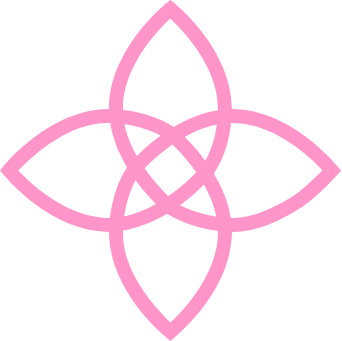A Guide To Hormone Testing for Women: What to Test and When | FSH, LH, Estradiol, AMH, and More
Dr. Natalie Crawford, board-certified OB/GYN and REI, breaks down what every woman should know before testing their hormones. Hormones shift throughout the menstrual cycle, and understanding when to test—and how to interpret results—is crucial. Dr. Crawford explains the purpose of common hormone labs, including FSH, LH, estradiol, AMH, progesterone, TSH, and prolactin, and how timing, birth control, fertility status, and menstrual regularity impact lab values. She also highlights the difference between “normal” and “optimal” hormone levels and why lab ranges alone don’t tell the full story.
Questions Answered:
Why is it important for patients to advocate for their own health regarding hormone testing?
What makes hormones a dynamic communication system?
Why is testing just one hormone typically not advantageous?
What happens to eggs and follicles at the start of a menstrual cycle?
What hormones should be low during the baseline days (day 2-4) of a menstrual cycle?
How can hormone levels indicate the presence of PCOS?
What do hormone levels reveal about ovarian reserve and aging?
How do hormonal contraceptives impact hormone blood test results?
Why is TSH (thyroid stimulating hormone) important to test?
When and how should prolactin levels be checked?
How is progesterone testing used to confirm ovulation?
What is AMH and what does it tell us about fertility?
How can AMH levels be influenced by different factors?

